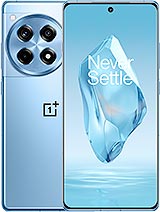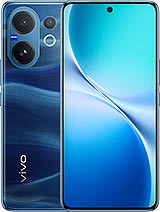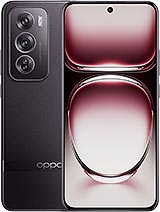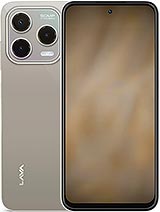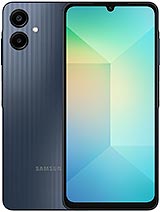Google Pixel 7a alternatives
Tap above to see alternatives.
Lava Yuva 4 4G alternatives
Tap above to see alternatives.
Google Pixel 7a
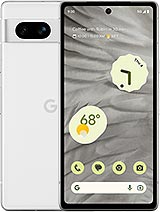
Google Pixel 7a
-
Tensor G2
5 nm
-
4385 mAh
18W
-
6.1"
1080 x 2400 pixels
-
64 MP
4K@30/60fps
- Specs
Lava Yuva 4 4G

Lava Yuva 4 4G
-
Unisoc T606
12 nm
-
5000 mAh
10W
-
6.56"
720 x 1612 pixels
-
50 MP
1080p@30fps
- Specs
2x2.85 GHz Cortex-X1
2x2.35 GHz Cortex-A78 & 4x1.80 GHz Cortex-A55
2x1.6 GHz Cortex-A75
6x1.6 GHz Cortex-A55
4GB 128GB (UFS 2.2)
f/1.9, 26mm (wide), 1/1.73", 0.8µm, dual pixel PDAF, OIS
13 MP
f/2.2, 120˚ (ultrawide), 1.12µm
(wide), AF
VGA
Auxiliary lens
1080p@30/60/120/240fps
f/2.2, 20mm (ultrawide), 1.12µm
1080p@30fps
SIM1: Nano, SIM2: eSIM
SIM1: Nano, SIM2: Nano
18 5G bands
n1, n2, n3, n5, n7, n8, n12, n20, n25, n38, n40, n41, n66, n75, n76, n77, n78, n79
In this performance comparison, the Google Pixel 7a with its Google Tensor G2 (5nm) performs better than the Lava Yuva 4 4G with the Unisoc Unisoc T606 (12nm), thanks to superior chipset efficiency.
Google Pixel 7a offers 3 years of OS updates, whereas Lava Yuva 4 4G provides 1 years. For security updates, Google Pixel 7a offers 5 years of support compared to Lava Yuva 4 4G's 2 years.
Google Pixel 7a features a superior AMOLED display, while Lava Yuva 4 4G comes with an LCD panel. Both smartphones offer the same 90 Hz refresh rate. Both devices deliver the same brightness level at nits. Notably, Google Pixel 7a offers a higher screen resolution, resulting in sharper visuals and more detailed content.
Lava Yuva 4 4G features a larger 5000 mAh battery, potentially delivering better battery life. Google Pixel 7a also supports faster wired charging at 18W, compared to 10W on Lava Yuva 4 4G. Google Pixel 7a supports wireless charging at 5W, while Lava Yuva 4 4G does not support wireless charging.
Google Pixel 7a includes an IP67 rating, while Lava Yuva 4 4G lacks an official IP rating.
¹ Scores can vary even with the same chipset due to RAM, thermals, and software optimization.


